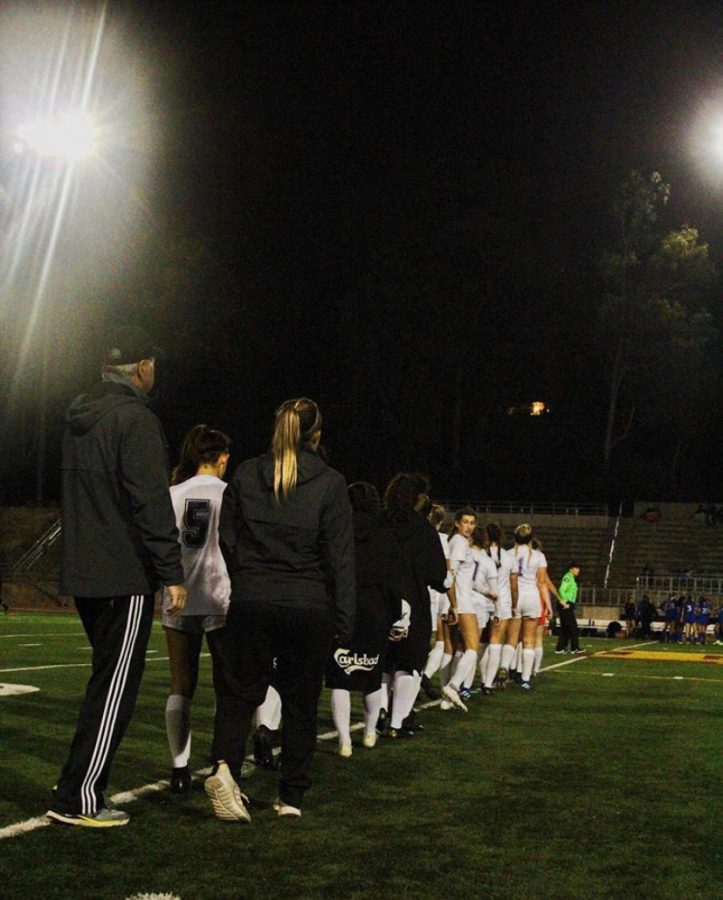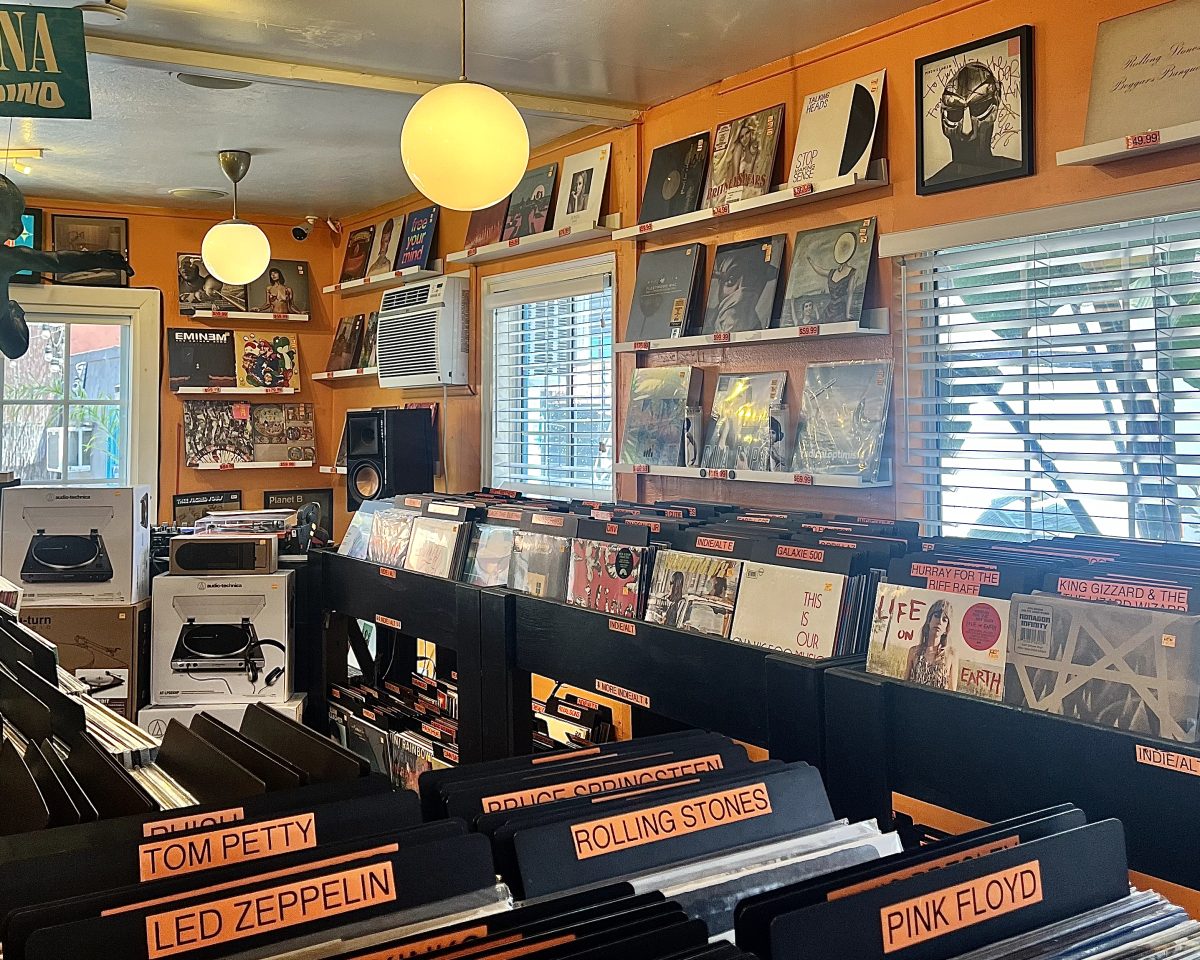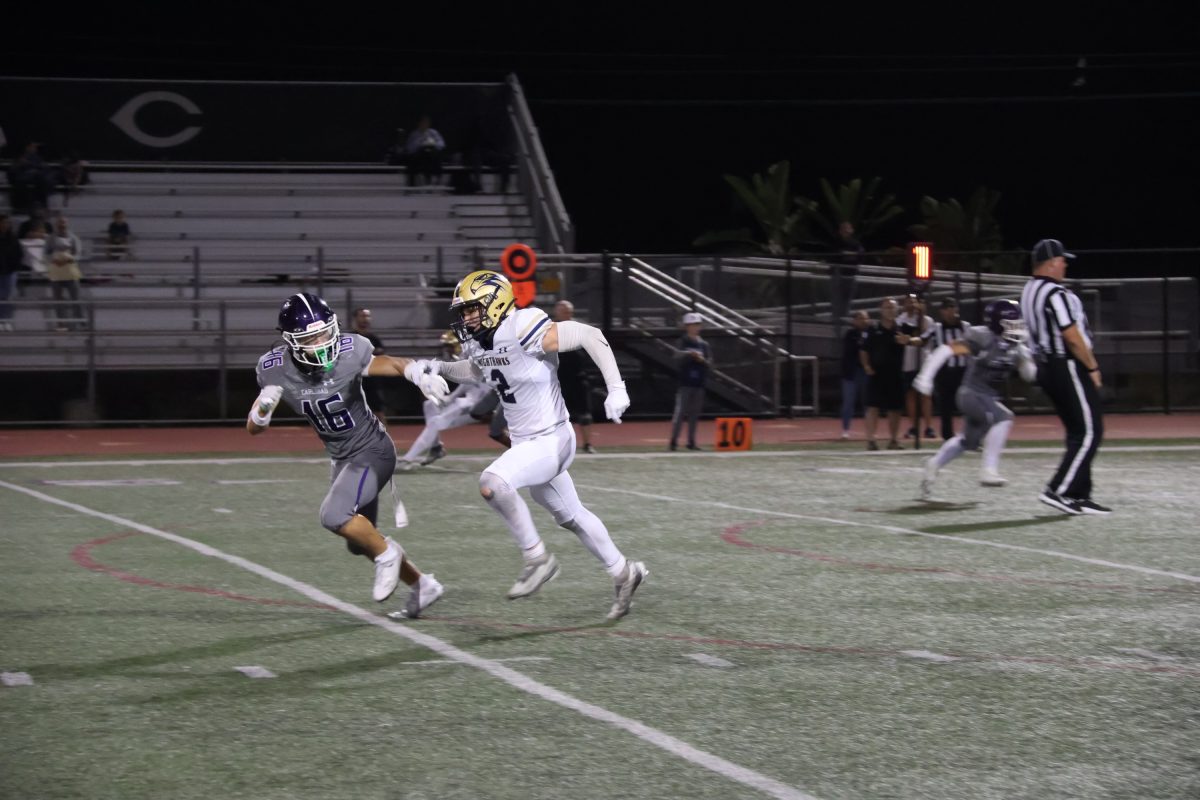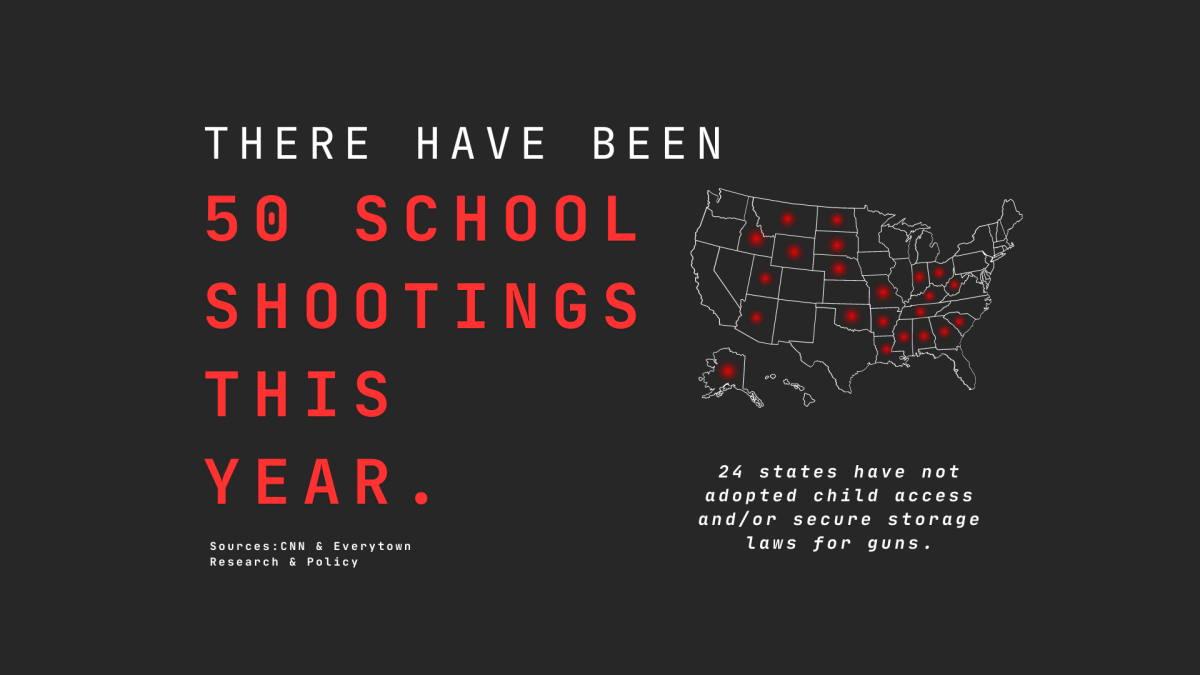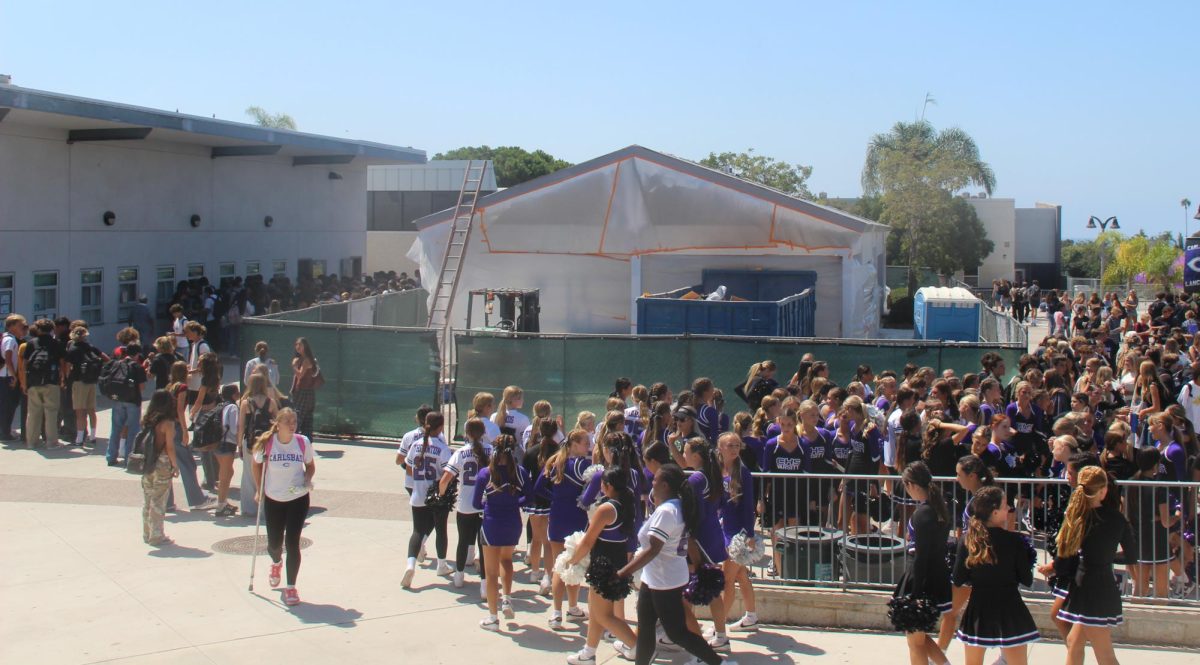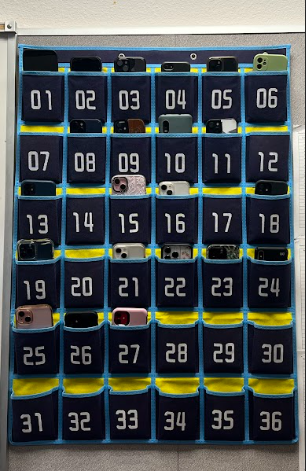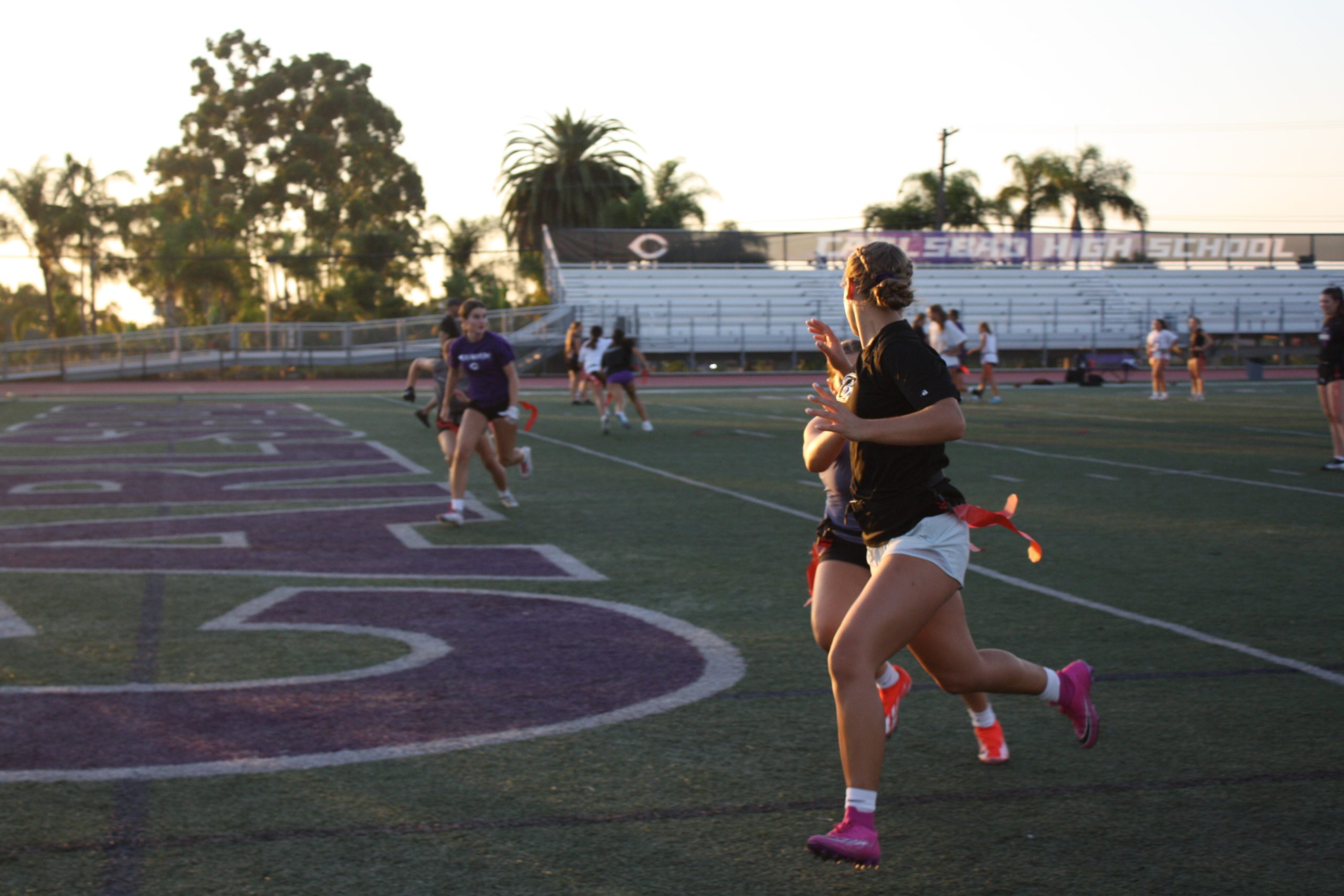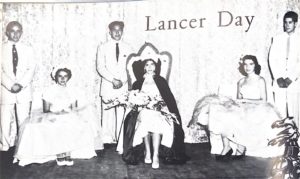Soccer concussions rival football: How will athletes respond?
The varsity girls soccer team lines up to shake hands with their opponents. The team beat San Pasqual 11-0 in their season opener. Photo courtesy of @chs_wsoccer
December 7, 2019
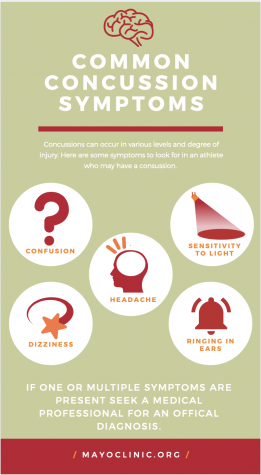
The Center for Diease Control and Prevention (CDC) reported in 2017 that 15% of high school athletes reported having at least one concussion. This number has been rising through the past few years and has alarmed researchers. A Northwestern University study released analysis which stated soccer players, specifically female ones, got more concussions per injuries than the past leader in this category, football.
CIF San Diego Section has rules that aim to protect players who suffer from concussions by keeping them off the field until they are medically ready to return to contact sports. CIF also states that schools must have any athletes who suffered from concussions fill out an information sheet on a yearly basis. They further detail their steps on the gradual progression they want athletes returning from concussions to take before they will be allowed to compete on their website.
“I’m not really surprised soccer concussions are up there with football, because soccer is very aggressive and people don’t learn proper ways to head all the time,” senior Rachel Medina said. “[I got a concussion] fall of 2018 when I got kneed in the head, but it didn’t make me scared to go up for headers.”
This high number of concussions that athletes are getting has caused concern for youth soccer organizations around the US. US soccer responded to this concern for young players health with a suggested ban of headers in any games with 11 years old and under teams. The organization went on to clarify that even if a 10 year old player is playing up an age group they should be instructed by their coaches to not head the ball by any means during the game.
“You always want to hit the ball with the middle of your forehead and you have to learn the right technique, especially if the ball is coming from further away,” senior Juliana Vanderbyl said. “Still, hearing that soccer concussions are up there doesn’t change anything for me, I’m still gonna play the sport how I normally would.”
For more serious players, the passion for the sports trumps any meaningful change in the way they go for headers on the field. Many parents and coaches alike have begun to recommend that players wear concussion headbands during games. Concussion headbands such as the ones produced by Virginia Tech proved to be effective in preventing concussions when they were tested by the company. Three out of 24 tested models scored at or above 70% effectiveness when preventing head injuries.
“I wear a concussion headband because my sister got a concussion and then my dad was scared so now I wear one,” Medina said. “I would tell people to invest in a concussion headband, they sometimes look weird but it has saved my head a couple of times.”



